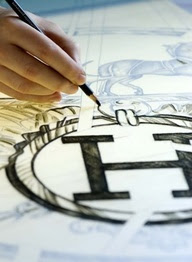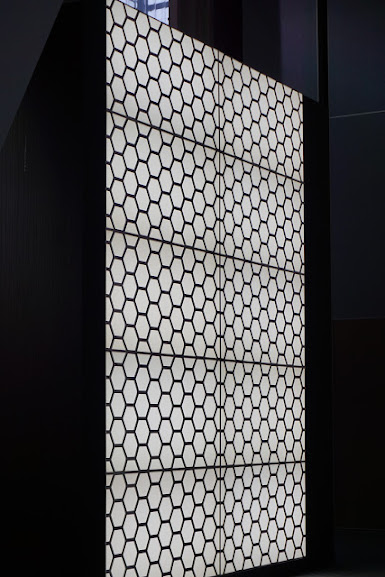Why We Love The Historic Art Form of Intaglio!
WHY IN DESIGN COLUMN
The Beautiful, artisan work of Intaglio
visiting Madrid in 1992 and seeing Intaglio for the first time My love for Intaglio…
I first saw an Intaglio framed art collection while on a trip to Madrid, Spain. While dining in the home of an old-money Madrid family, I fell in love with their home’s aesthetic. Amongst the family portraits and gorgeous antique furniture I spotted a series of framed, gorgeous engraved, oval- shaped designs which looked to be crests, or stamps of some sort. I was intrigued and there began my love for Intaglio, and my passion for this design technique continues, often sending me down a rabbit-hole of hidden gems taking me back to the 14th century.

 How Is it made, more specifically…To best describe it simply- It’s actually a printmaking activity that first began in Europe, around the 1400’s specifically in Germany at first then later in Italy by the 1500s. It was at first a very specific engraving process used by goldsmiths in order to decorate religious metalwork or armor. The technique includes rubbing alloy into the lines of the engraving for contrast hues. And, some say, that printmaking from engraved plates may have been the first inspiration for Itaglio. How it works– The goldsmith takes an impression on paper to keep a recording of it and later check the quality. They incise the surface and the incision holds the ink.
How Is it made, more specifically…To best describe it simply- It’s actually a printmaking activity that first began in Europe, around the 1400’s specifically in Germany at first then later in Italy by the 1500s. It was at first a very specific engraving process used by goldsmiths in order to decorate religious metalwork or armor. The technique includes rubbing alloy into the lines of the engraving for contrast hues. And, some say, that printmaking from engraved plates may have been the first inspiration for Itaglio. How it works– The goldsmith takes an impression on paper to keep a recording of it and later check the quality. They incise the surface and the incision holds the ink.
My love for Intaglio…
I first saw an Intaglio framed art collection while on a trip to Madrid, Spain. While dining in the home of an old-money Madrid family, I fell in love with their home’s aesthetic. Amongst the family portraits and gorgeous antique furniture I spotted a series of framed, gorgeous engraved, oval- shaped designs which looked to be crests, or stamps of some sort. I was intrigued and there began my love for Intaglio, and my passion for this design technique continues, often sending me down a rabbit-hole of hidden gems taking me back to the 14th century.


How Is it made, more specifically…
Happy Nesting,
XO Tamara










